Functional plush toys are becoming essential parts of children’s daily routines, offering comfort at bedtime and...
How Plush Toys Are Becoming More Inclusive in 2025
Introduction: The Rise of Inclusivity and Diversity in the Toy Industry
In 2025, inclusive plush toys are emerging as a significant trend in the toy industry, as brands recognize the growing demand for diversity and representation in their products. Consumers, particularly parents and collectors, are increasingly seeking plush toys that reflect the diverse world in which we live. From ethnically diverse plush toys to those that feature differently-abled characters, the market for inclusive plush toys is rapidly expanding. These toys not only serve as comforting companions but also promote inclusivity, empathy, and acceptance in younger generations. In this article, we will explore how plush toys are becoming more inclusive and why this shift is set to dominate the 2025 market.
The Demand for More Diverse Plush Toy Options
The demand for inclusive plush toys has grown considerably in recent years, reflecting a broader societal push for diversity and equality. Consumers are no longer satisfied with the traditional limited range of characters that mostly featured fair-skinned, able-bodied figures. Instead, they are actively seeking plush toys that represent a broader spectrum of experiences and identities.
Ethnically diverse plush toys have been at the forefront of this shift. In 2025, more and more brands are introducing plush toys that reflect various ethnic backgrounds, including Black, Latino, Asian, and Indigenous characters. These toys not only provide children with positive representations of their own cultures but also help promote understanding and empathy toward others. By including characters from different ethnicities, brands are making it clear that inclusive plush toys are not a passing trend but a necessary step in fostering a more inclusive world.
Equally important is the growing demand for differently-abled plush toys. For many years, plush toys were designed primarily to represent the idealized image of a healthy, able-bodied child. However, as the conversation around accessibility and disability rights has gained momentum, the need for inclusive plush toys that represent differently-abled individuals has grown. Today, we see plush toys featuring characters with wheelchairs, prosthetics, and other adaptive devices, allowing children to see themselves and their experiences reflected in the toys they play with.
These changes in consumer preferences are not just driven by social movements but are also a reflection of the growing awareness and understanding of the importance of representation in children's development. For children with disabilities or from minority ethnic backgrounds, inclusive plush toys serve as powerful tools for building self-esteem, fostering emotional well-being, and creating a sense of belonging..
Examples of Brands Creating Inclusive Plush Toys in 2025
Several brands in 2025 are leading the way in creating inclusive plush toys that embrace diversity, equity, and inclusion. These companies understand that plush toys can be more than just cute companions—they can serve as educational tools that promote understanding, compassion, and empathy.
One notable example is the brand Lottie Dolls, which has expanded its range of inclusive plush toys to include characters with various disabilities and ethnic backgrounds. Their dolls feature children with different abilities, such as those who use wheelchairs or hearing aids, helping children understand that disability is just one part of a person's identity, not their defining characteristic. In addition to promoting inclusion, Lottie Dolls has also taken steps to ensure that their plush toys are gender-neutral, allowing children to freely explore different roles and identities.
Another significant player is The Toy Box, a company known for creating inclusive plush toys that represent various ethnicities, body types, and gender identities. The company's “Unity Bears” collection features a diverse array of plush bears, each with a unique background and story, allowing children to learn about different cultures while playing. These inclusive plush toys have received widespread praise for their attention to detail, authenticity, and commitment to representing the real world in a fun and accessible way.
Additionally, companies like Soft & Safe Plush have embraced sustainability and inclusivity by creating plush toys that not only represent diverse backgrounds but are also made from eco-friendly materials. These companies aim to give children toys that reflect the values of diversity, inclusion, and environmental responsibility, further cementing the importance of inclusivity in the modern toy industry.
Consumer Reactions and the Importance of Representation in Toys
Consumer reactions to the rise of inclusive plush toys have been overwhelmingly positive. Parents are particularly excited about the broader options now available, as they feel more comfortable buying plush toys that reflect their own values of inclusivity, equality, and representation. For many parents, these toys serve as important teaching tools for their children, allowing them to discuss topics such as cultural diversity, disability awareness, and empathy.
The importance of representation in toys cannot be overstated. According to research, children who see themselves represented in the toys they play with develop a stronger sense of self-worth and identity. Conversely, children who do not see their identities reflected in toys may struggle with feelings of invisibility or exclusion. Inclusive plush toys help to mitigate these challenges by providing children with a tangible representation of their identity and experiences.
Moreover, inclusive plush toys play a crucial role in fostering empathy and understanding. When children play with toys that represent different backgrounds, abilities, and experiences, they learn to appreciate diversity and develop a sense of connection with others. This, in turn, helps to create a more inclusive society where differences are celebrated rather than feared.
In the retail world, inclusive plush toys are becoming more than just a niche market—they are a mainstream demand. As companies continue to listen to consumer feedback and prioritize inclusivity in their designs, the market for inclusive plush toys is expected to grow significantly in 2025. Retailers are recognizing that offering a diverse range of toys is not just good for business but also a reflection of the values that modern consumers prioritize.
Conclusion: How Inclusivity in Plush Toys Will Continue to Evolve and Dominate the 2025 Market
As we look ahead to 2025, it’s clear that inclusivity in the plush toy industry is not a passing trend—it is here to stay. The demand for inclusive plush toys that reflect a wide range of identities, backgrounds, and abilities is only set to increase as more consumers recognize the importance of representation in toys. From ethnically diverse plush toys to those that reflect differently-abled characters, the market for inclusive plush toys will continue to evolve, ensuring that children of all backgrounds can see themselves represented in the toys they cherish.
The continued success of brands like Lottie Dolls, The Toy Box, and Soft & Safe Plush demonstrates that there is a growing appetite for inclusive plush toys in the market. As consumer expectations evolve, so too will the industry, with more companies embracing diversity, sustainability, and inclusivity in their designs.
In conclusion, the rise of inclusive plush toys is a reflection of the changing values of society in 2025. These toys serve as both emotional support and educational tools, helping to build empathy, self-esteem, and understanding. As the market for inclusive plush toys continues to grow, we can expect this trend to shape the toy industry for years to come, making 2025 a landmark year for diversity and representation in the world of plush toys.
Reprint statement of blog content: All the blog content and images are original, and copyrighted by gameplushies.com. The reprint statement must be included with our permission. Toyard is not responsible for reprinting similar content or containing trademark and other infringement reprint statements. Please contact us if there is infringement content.
Leave a comment
Log in to post comments

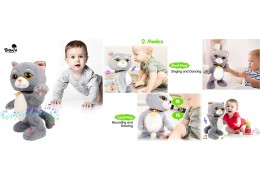


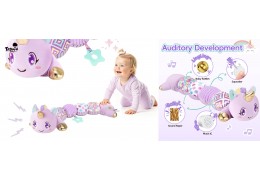

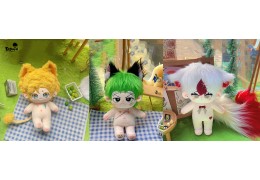
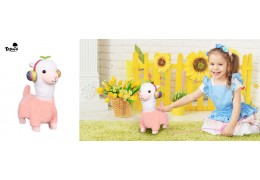

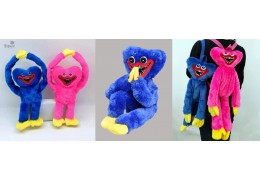

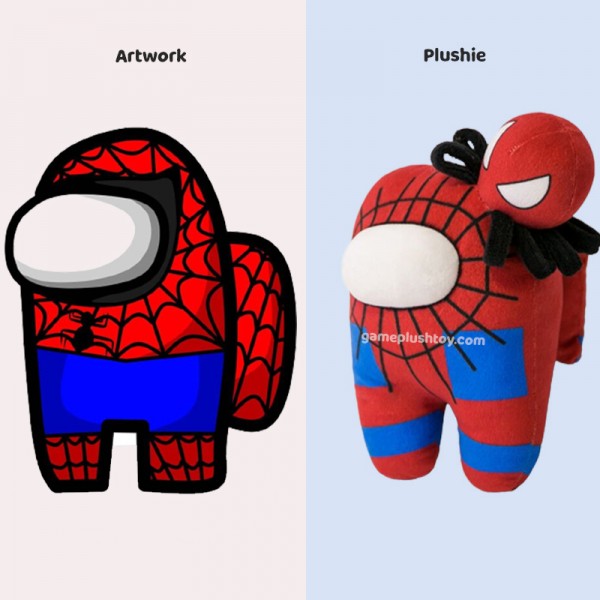
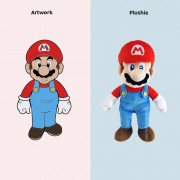
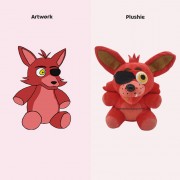

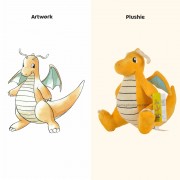
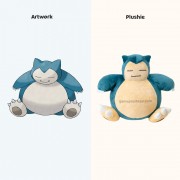

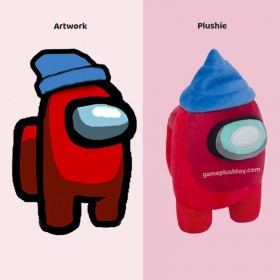
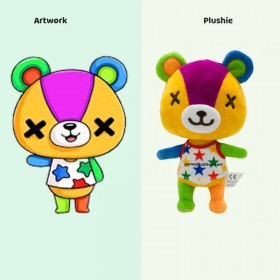

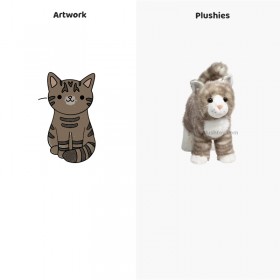
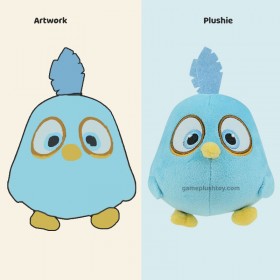


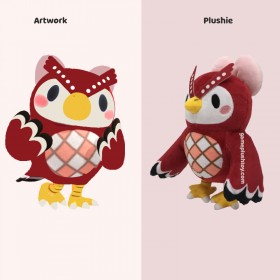
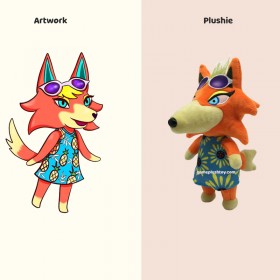
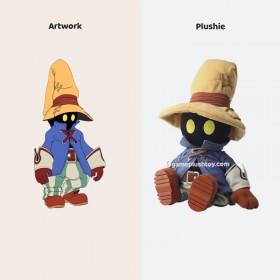
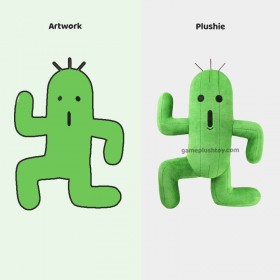



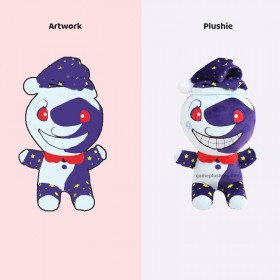
Top authors